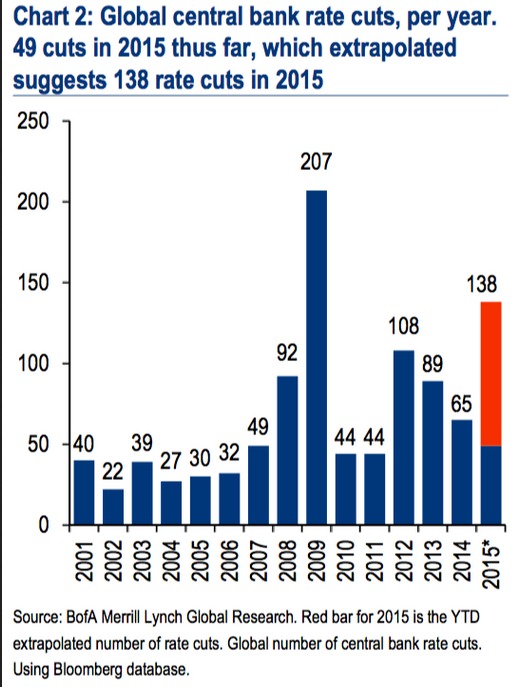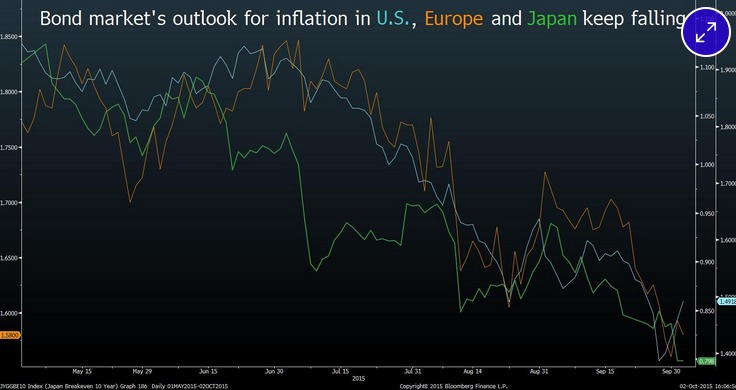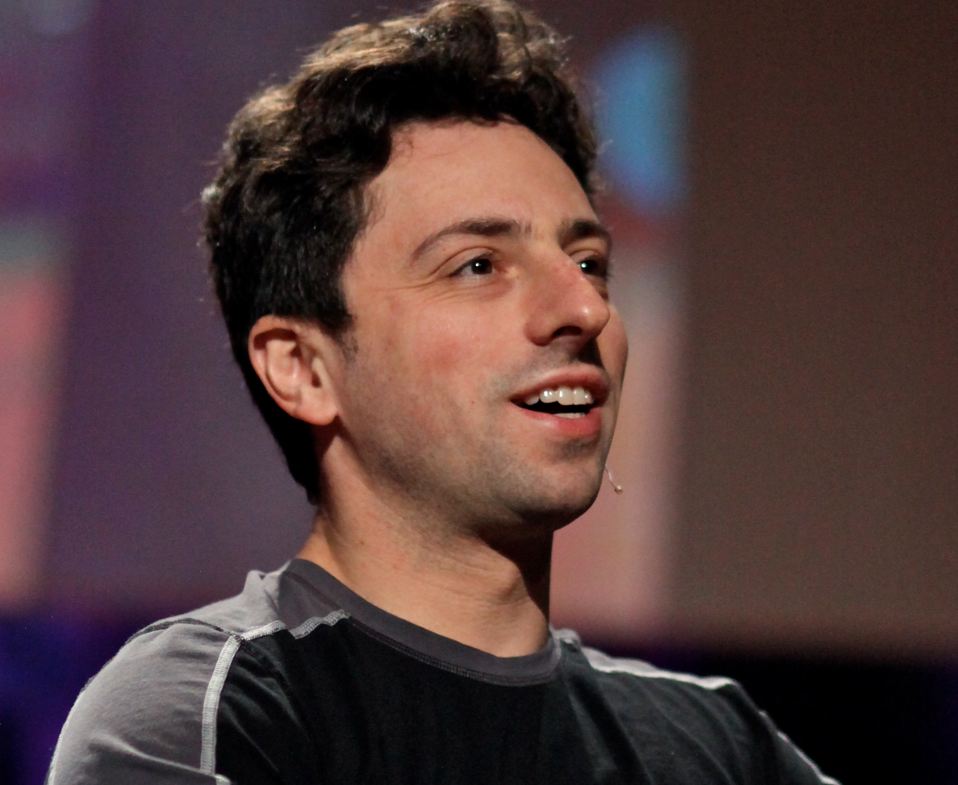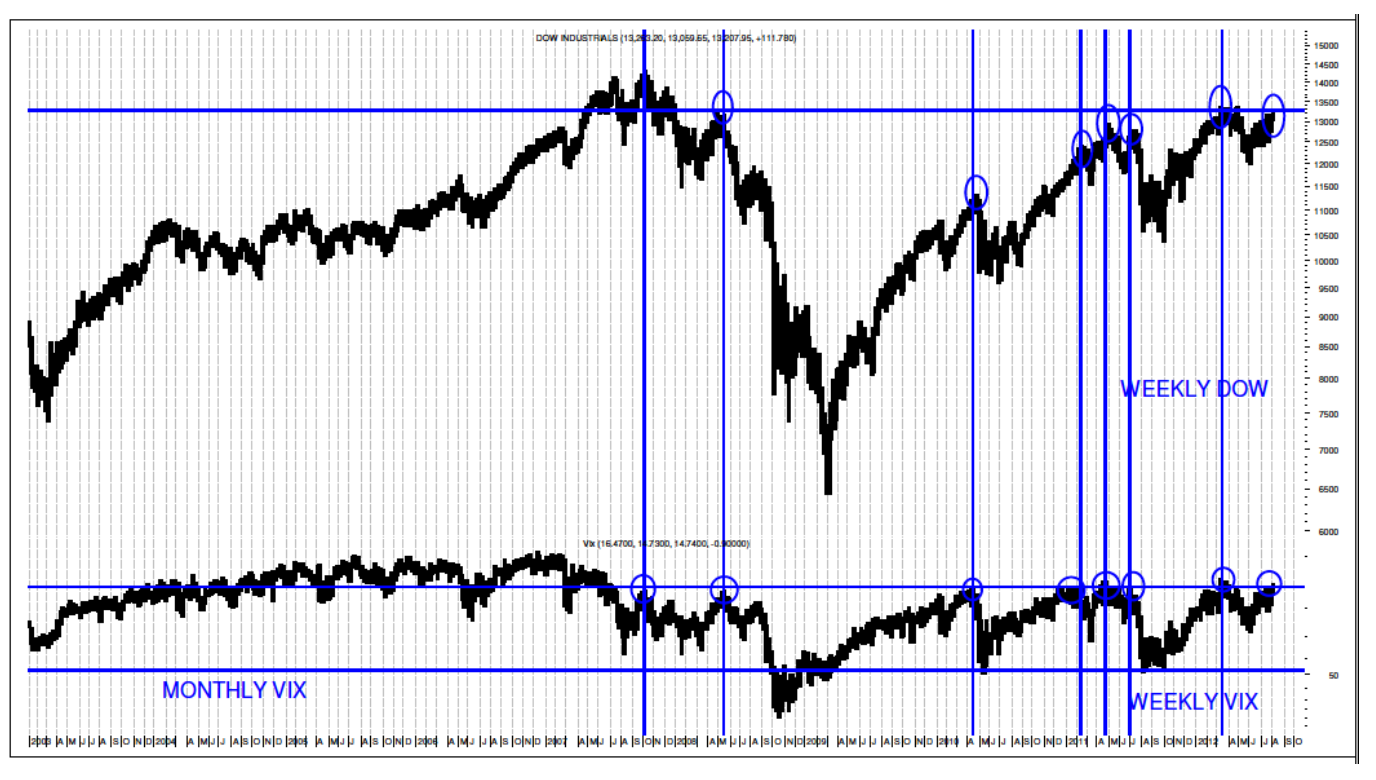Global investors continue to obsess about the timing of the US Federal Reserve’s interest rate increase in the wake of weak job numbers out of the US.
Yet even after the Fed finally acts, US interest rates will still be at abnormally low levels historically. Other central banks around the world are cutting rates, not hiking them, and have been for years.
All of which raises an interesting question: Why haven’t the ultra low rates around the world led to elevated inflation rates as some economists predicted right after the global financial crisis.

Rate Cuts Galore
Consider, first, just how many interest rate cuts there have been in recent years.
There have been nearly 700 rate cuts since 2009, including 138 so far this year.

Inflation
Several years ago, some economists warned of soaring inflation if the Fed, the European Central Bank and the Bank of Japan opened up the monetary floodgates.
Despite all the monetary firepower, there’s little evidence that is a near-term risk.
Bond markets are signaling that inflation in the US, Europe and Japan will be falling not rising.

Takeway
The big concern these days is deflation, not inflation.
The China economic slowdown had depressed commodity prices around the globe and has hit Asian trading partners hard.
Japan is flirting with yet another recession, and growth is sluggish in much of Europe.
The real mystery isn’t why the historic central bank easing around the world didn’t lead to explosive inflation.
The burning question should be why deflationary pressures have deepened.
Photo Credit: Kai Lehmann via Flickr Creative Commons




